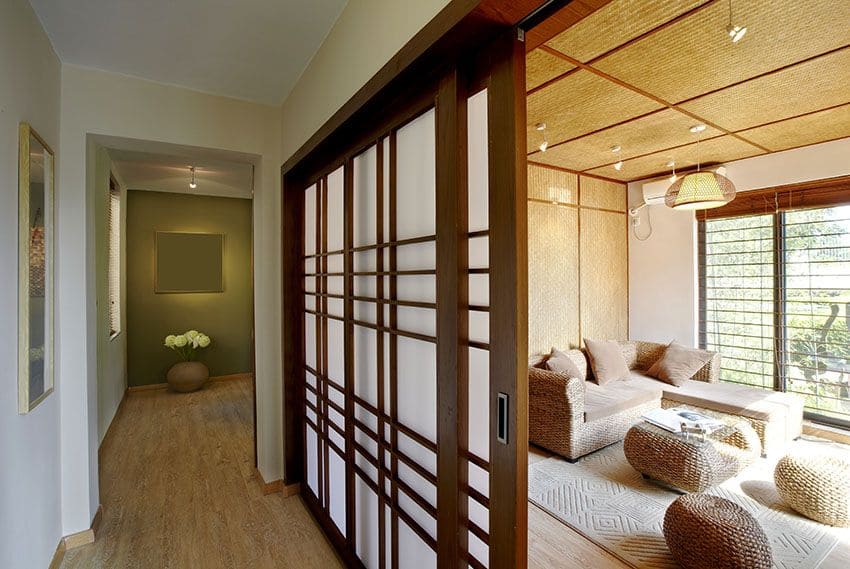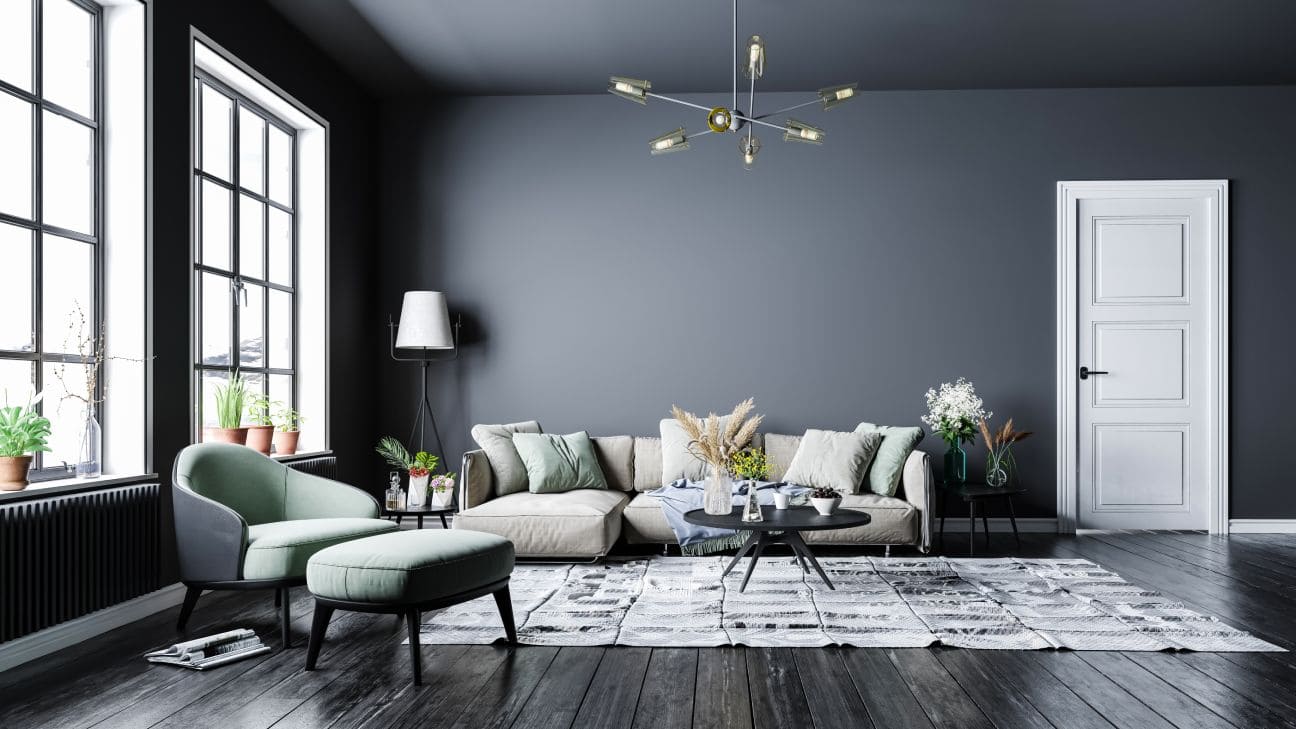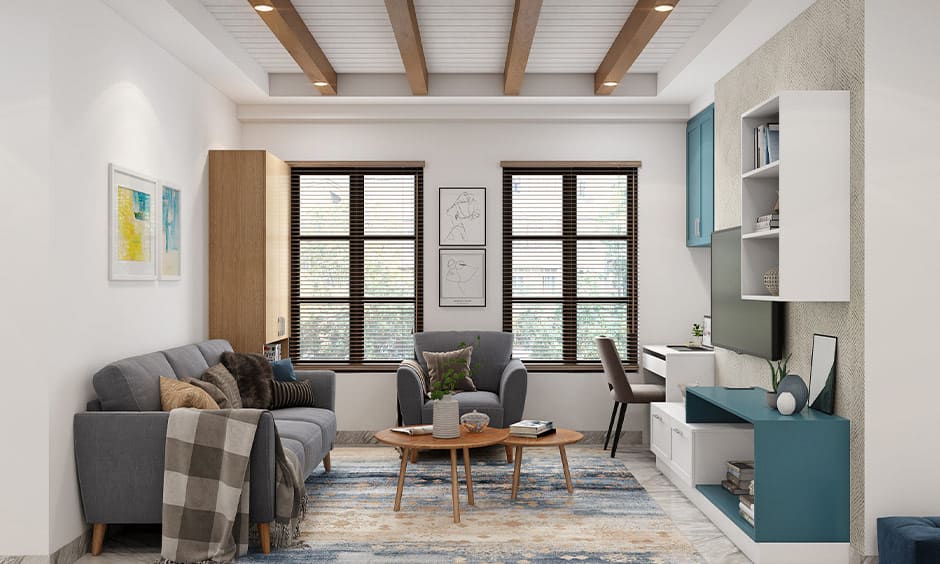In the bustling world of interior design, Japanese living rooms have carved a niche for themselves, seamlessly blending tradition with modern aesthetics. At the heart of Japanese living room design lies an ethos of simplicity, harmony, and functionality. Let’s delve into the intricacies of crafting a serene Japanese living room that captivates the senses and fosters tranquility.
Embracing Minimalism: The Essence of Japanese Living Rooms
Minimalism reigns supreme in Japanese living room design, where less is indeed more. The concept revolves around decluttering spaces to create an environment of tranquility and mindfulness. Picture clean lines, uncluttered surfaces, and a neutral color palette that soothes the soul. By embracing minimalism, Japanese living rooms exude a sense of calmness and serenity, making them an oasis of relaxation amidst the chaos of modern life.
The Art of Zen: Creating Harmony with Nature
Central to Japanese culture is the reverence for nature, a philosophy seamlessly woven into the fabric of Japanese living room design. Natural elements such as wood, stone, and bamboo take center stage, bringing the outdoors inside and establishing a profound connection with the environment. From shoji screens that filter soft natural light to bonsai trees that infuse spaces with life. Every element in a Japanese living room is meticulously curated to evoke a sense of harmony with nature.
Fusuma Doors and Shoji Screens: The Elegance of Japanese Architecture
Intricately crafted fusuma doors and shoji screens are quintessential elements of Japanese architecture, lending an air of elegance and sophistication to living spaces. Fusuma doors, adorned with delicate paper panels, serve as versatile room dividers. Allowing for seamless transitions between spaces while maintaining privacy. Meanwhile, shoji screens diffuse natural light, casting ethereal shadows that dance across tatami mats. Creating an ambiance of serenity and tranquility.
Tatami Mats: The Foundation of Japanese Living Rooms
No Japanese living room is complete without tatami mats, the foundation upon which serenity is built. These traditional woven straw mats not only add a touch of authenticity to the space but also provide a comfortable seating area for relaxation and meditation. Tatami mats are emblematic of Japanese culture, embodying the essence of simplicity, humility, and reverence for tradition.
Ikebana and Bonsai: Elevating Interior Spaces with Artful Flair
A Ikebana and bonsai, the ancient Japanese arts of flower arranging and miniature tree cultivation, respectively, add a touch of artful flair to Japanese living rooms. Ikebana arrangements, characterized by their minimalist aesthetic and emphasis on asymmetry. Serve as focal points, infusing spaces with beauty and tranquility. Meanwhile, bonsai trees, meticulously pruned and nurtured, symbolize harmony. Balance, and the passage of time, lending an air of timeless elegance to interior spaces.
Finding Balance: The Philosophy of Wabi-Sabi
At the core of Japanese living room design lies the philosophy of wabi-sabi, which celebrates the beauty of imperfection, transience, and authenticity. Wabi-sabi embraces the idea that objects gain character and charm with age, celebrating the inherent beauty of natural materials and embracing the passage of time. By incorporating elements of wabi-sabi into interior spaces, Japanese living rooms exude a sense of warmth, humility. And understated elegance that transcends fleeting trends and stands the test of time.
Conclusion: Crafting a Sanctuary of Serenity
In a world inundated with noise and chaos, Japanese living rooms offer a sanctuary of serenity and tranquility. Where the mind can find respite and the soul can find solace. By embracing the principles of minimalism, harmony with nature, and the philosophy of wabi-sabi. Japanese living room design transcends mere aesthetics to become a way of life. A testament to the enduring beauty of simplicity, authenticity, and mindfulness.





